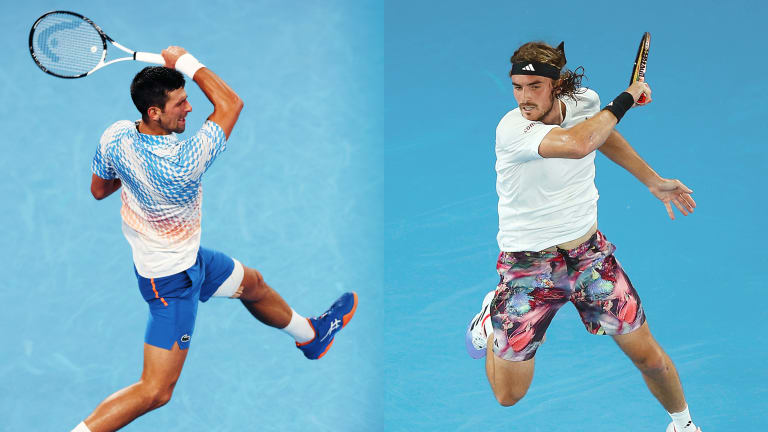Australian Open
The Rally: Djokovic vs. Tsitsipas will be a clash of generations, playing styles, and fan-bases
By Jan 27, 2023Australian Open
Australian Open prize money hits record high
By Jan 06, 2026Australian Open
Venus Williams will become oldest woman to compete in an Australian Open main draw with wild card entry
By Jan 02, 2026Australian Open
Roger Federer to headline “Battle of the World No.1s” at Australian Open’s inaugural Opening Ceremony
By Dec 11, 2025Australian Open
Australia at Last: Reflections on a first trip to the AO
By Jan 29, 2025Australian Open
Alexander Zverev must elevate his game when it most counts—and keep it there
By Jan 27, 2025Australian Open
Jannik Sinner draws Novak Djokovic comparisons from Alexander Zverev after Australian Open final
By Jan 26, 2025Australian Open
Alexander Zverev left to say "I'm just not good enough" as Jannik Sinner retains Australian Open title
By Jan 26, 2025Australian Open
Jannik Sinner is now 3-0 in Grand Slam finals after winning second Australian Open title
By Jan 26, 2025Australian Open
Taylor Townsend and Katerina Siniakova win second women's doubles major together at the Australian Open
By Jan 26, 2025The Rally: Djokovic vs. Tsitsipas will be a clash of generations, playing styles, and fan-bases
Looking ahead to an (hopefully) explosive final after Novak and Stefanos took care of business in the semis.
Published Jan 27, 2023
Advertising
Advertising

Djokvoic has owned Tsitsipas, winning their last nine encounters. But this is still a very compelling final.
© Getty Images
Advertising
Advertising

Get to Know, Now: Henry Searle
The 2023 Wimbledon boys' champ trusts self-improvement mindset will see things fall into place.